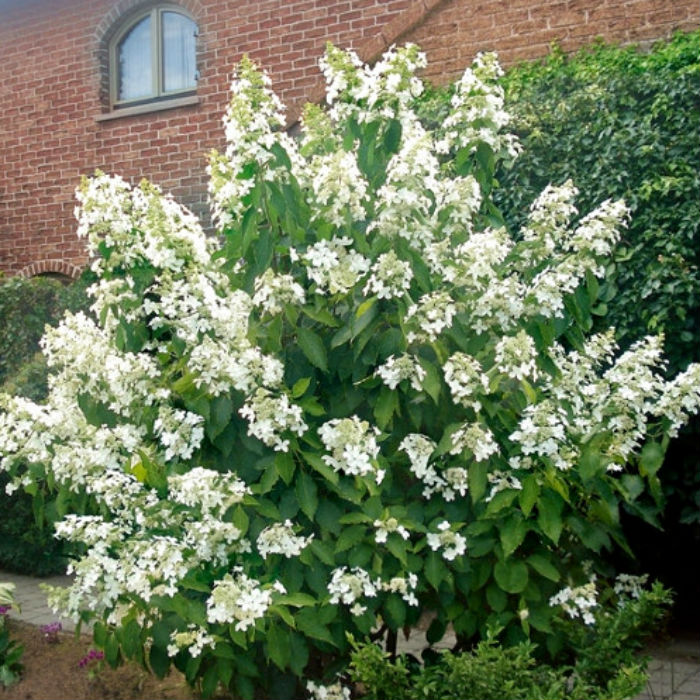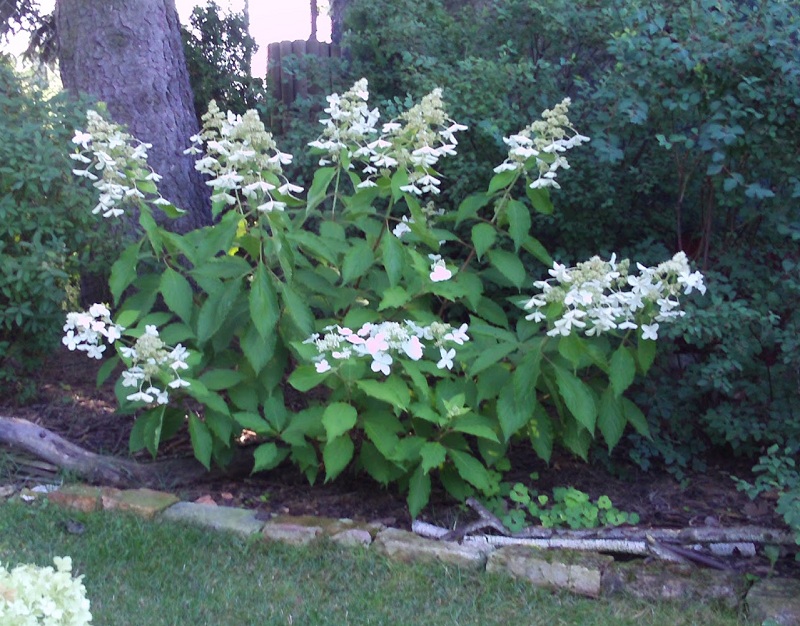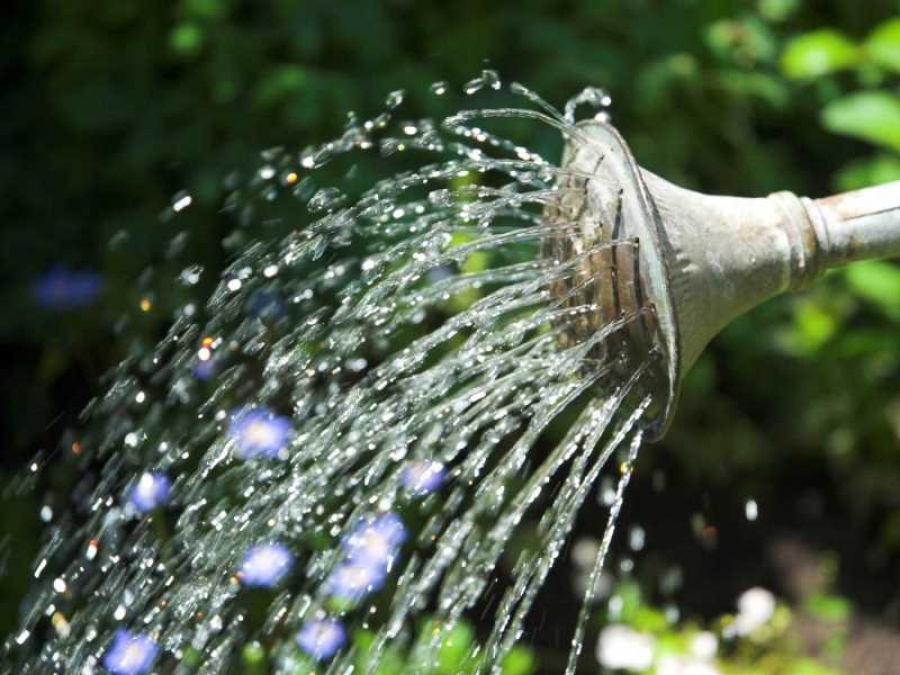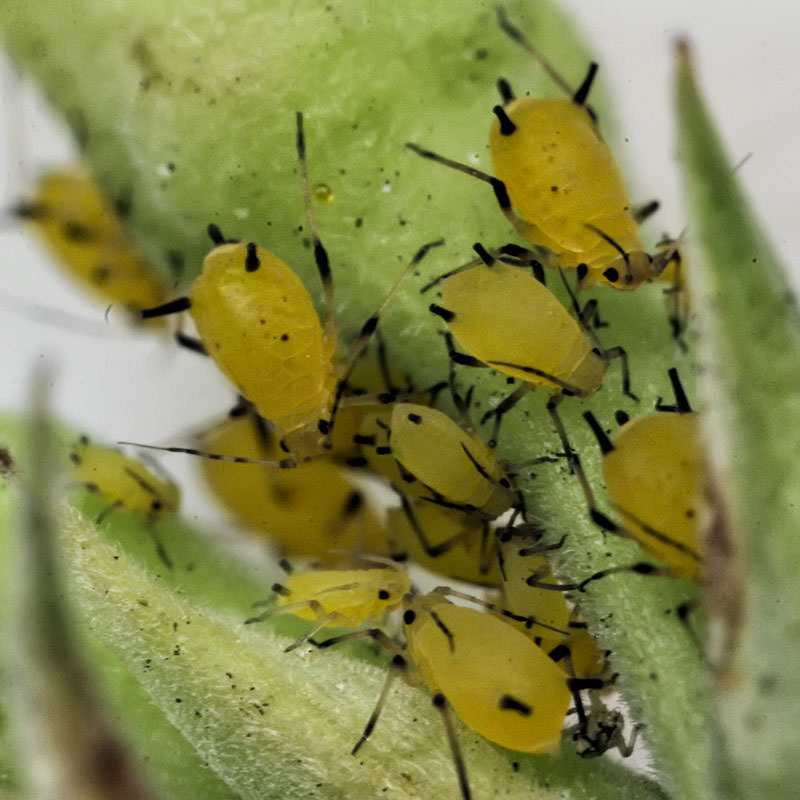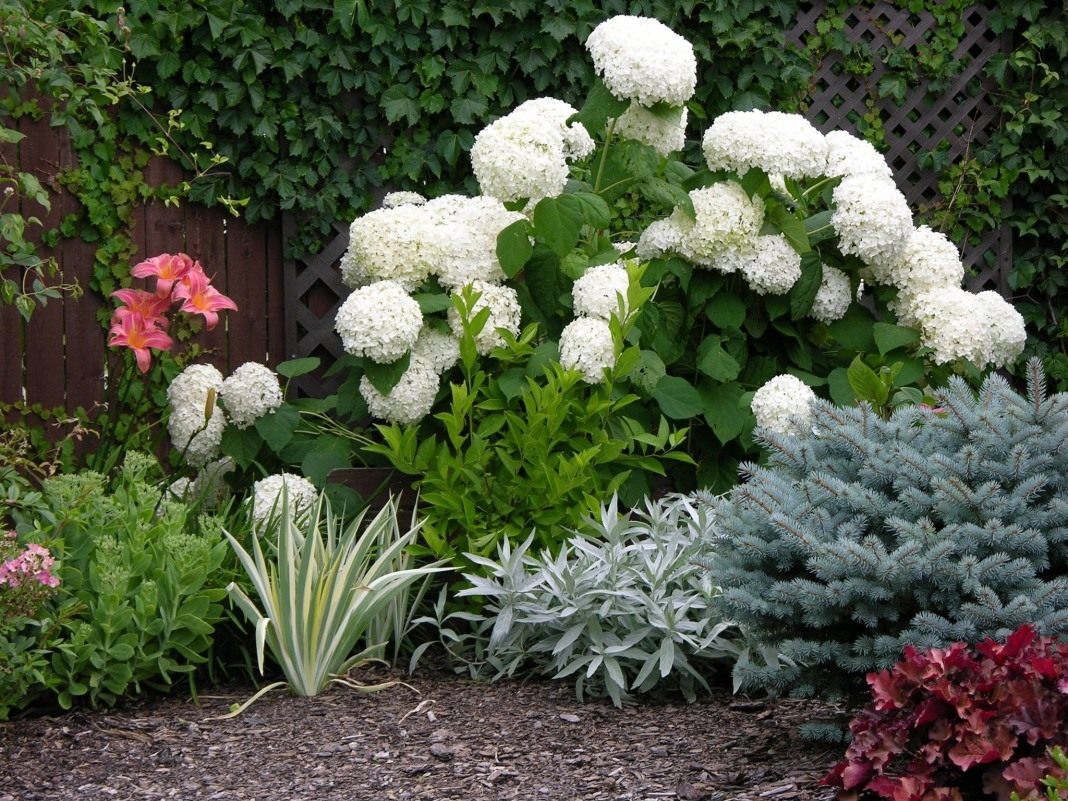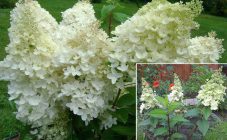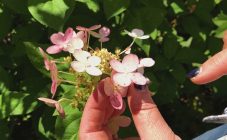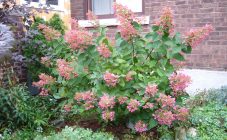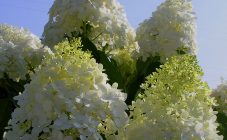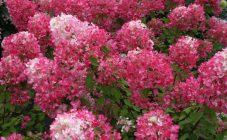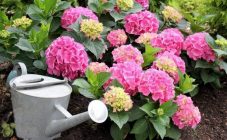Content:
Levan's hydrangea is very popular among flower lovers. Levana panicle hydrangea appeared on the shelves of garden stores not so long ago, but many flower growers have already given it its due. Thanks to the magical aroma reminiscent of honey, and the unique appearance, the flower attracts the attention of people and is an excellent honey plant.
General information about the plant
The history of the origin of the plant goes back to North America, where the panicle hydrangea Levana grew more than 70 million years ago. As for the countries of Asia, the seeds of culture were first brought here about 25 million years ago, as evidenced by the results of numerous excavations.
Many people directly associate the name of hydrangea with the seed capsule of the plant, which in its external features resembles a vessel for liquid. The seeds of an extraordinary flower came to Europe in the second half of the 18th century, thanks to John Bartram, who was a self-taught botanist.
Description of Levana hydrangea
The flowering period of hydrangea tree bushes begins at the beginning of June and lasts until the first night frosts come. List of the main characteristics of the plant:
- hydrangea inflorescences have an exclusively conical shape;
- the flowers are creamy and snow-white;
- the length of the inflorescence is 0.5 m, and the diameter of the original hydrangea flowers, which look like a beautiful butterfly, is 50 mm;
- hydrangea bushes reach large sizes, and also have a lush and rather spreading crown.
The shoots of the culture are strong, they can easily withstand heavy flower brushes, they do not need to be tied up. Hydrangea Levana is a fast-growing shrub, the height of which in some cases can reach 3 m. The voluminous foliage that attracts the eye is bright green in color.
It is worth noting that the flower has rather low indicators of drought tolerance, so it needs systematic watering. It is not necessary to flood the plant abundantly; watering should be moderate but regular in order to prevent the soil from drying out. For growing hydrangeas of the Levana variety, moist lowlands with acidic earth and a minimum amount of lime in the composition are perfect. If the acidity level of the soil is low, it can be increased by using a peat layer or a coniferous pad, which will fill the soil around the trunk with nutrients.
Recommendations for the correct planting of Levana hydrangea
Even beginner growers can grow a hydrangea in open ground, since this plant is very unpretentious in care. To plant a shrub, you need to choose a place in the garden that is suitable and comfortable for the plant.
It is worth considering the fact that hydrangea does not tolerate shade, therefore, beds on the sunny side will serve as the best place for planting. The culture can propagate both by dividing cuttings and individual bushes.The planting procedure must be carried out with the onset of spring or early autumn, observing a certain algorithm of actions:
- At the initial stage, it is necessary to make landing pits, the depth of which should be at least 1 m, and their length and width should be 0.5 m.
- It is imperative to maintain a distance of 1.5 m between the bushes, since proper care will lead to the plant growing and occupying an area that will be much larger than that which was at the time of planting.
- The wells must be fertilized using a special mixture of humus, soil, peat, sand (in a ratio of 1: 1: 2: 2) and mineral fertilizers. Experts advise using urea - 20 g, potassium sulfide, to which you can add superphosphate and humus.
In the process of planting a plant, it is necessary to take into account the fact that the root system of shrub seedlings must be located at the same level with the ground. After the hydrangea has been planted in the ground, it needs abundant watering.
Hydrangea care after planting
Proper plant care consists of several points. The culture must be weeded regularly, loosened the soil around the shrub, and also ensure a timely and correct watering regime. In order to prevent rapid evaporation of moisture, the tree plant must be mulched in the first half of summer, using sawdust or peat for this purpose.
Another point of proper maintenance is correct pruning. This procedure consists in removing old branches before the start of the growing season and leaving only those that are young and strong (they also need to be shortened by 5 buds). Inflorescences that have dried or faded should also be removed, and I advise you to cut off old shrubs at the root. This can accelerate the development of young shoots.
If, when planting Levana's hydrangea, the soil was previously prepared and fertilized, then during the first 2 years the plant will not need additional feeding. After 2 years, the shrub must be fertilized following a step-by-step algorithm:
- with the onset of spring, each shrub must be fed with a complex fertilizer containing nitrogen, phosphorus and potassium;
- the second feeding should be carried out at the moment when the first buds appear on the bush;
- several times it is recommended to feed the plant using diluted cow dung or chicken manure.
Diseases and pests. Means of dealing with them
Hydrangea is distinguished by the presence of good immunity, with the help of which the plant fights diseases and pests. But some diseases and parasites, such as powdery mildew, chlorosis, spider mites and leaf aphids, can still pose a threat to the culture.
Chlorosis manifests itself in the fact that the foliage of the plant sharply and for no reason brightens and rapidly loses its natural color. The reason for the appearance of this disease is that the soil contains an excess of lime or humus. In order to eliminate chlorosis, you need to spray the hydrangea with a solution of copper sulfate and nitric acid potassium.
Downy mildew is caused by high levels of humidity in the air. An effective method of control will be the treatment of a leafy plate with copper sulfate (solution), to which you need to add soap.
Experts recommend combating leaf aphids with an infusion of garlic. To prepare the garlic infusion, you need chopped garlic - 200 g, which you need to insist in a bucket of water for 2 days. Then add laundry soap to the infusion - 40 g, and then spray Levan's hydrangea with the resulting mixture once a week.
Landscape: use in garden decoration, flower beds
Hydrangea of Lebanon is a beautiful flower that florists and landscape designers use to create beautiful and unique flower arrangements. Due to the beauty and size of the inflorescences, the culture can serve as an adornment of the squares, and in order to emphasize all the beauty, you can plant a cotoneaster, spirea or any other shrub next to the hydrangea. Planting Levana in the background will be an excellent solution, since a dense bush will not "hide" other flowers and will act as an additional design.
When combining hydrangeas with other plants, orange, yellow and red flowers should be avoided. Coniferous plants such as undersized juniper or clematis can serve as good neighbors. Today hydrangea is actively used as a hedge, as well as a colorful decoration of the garden path.
Hydrangea Levan is the basis of a unique landscape. If you choose the right care, the shrub will delight you with its color for many years. The indescribable magical atmosphere created with the help of hydrangeas will certainly lead to the fact that neighbors will ask about the presence of seeds or shoots.
